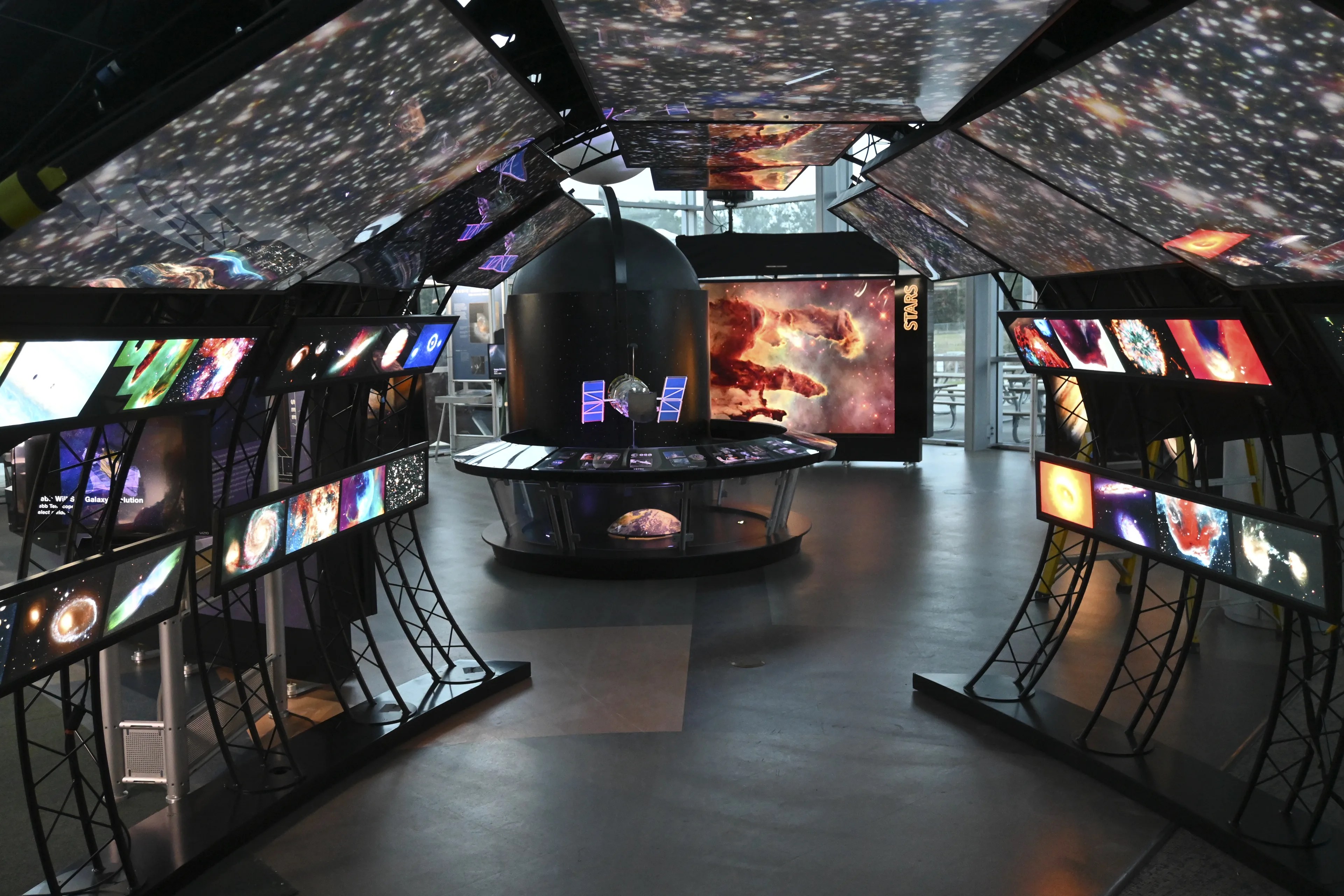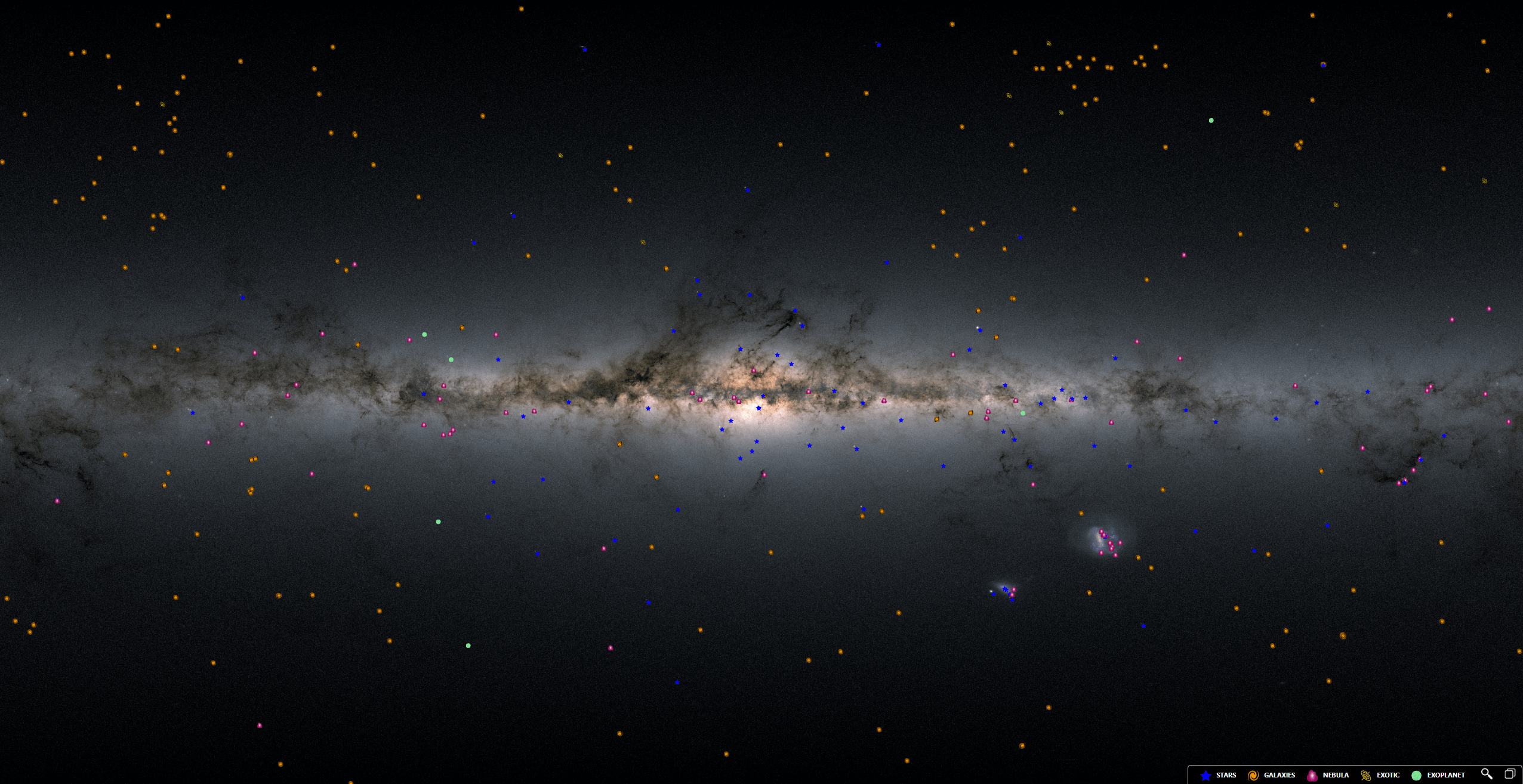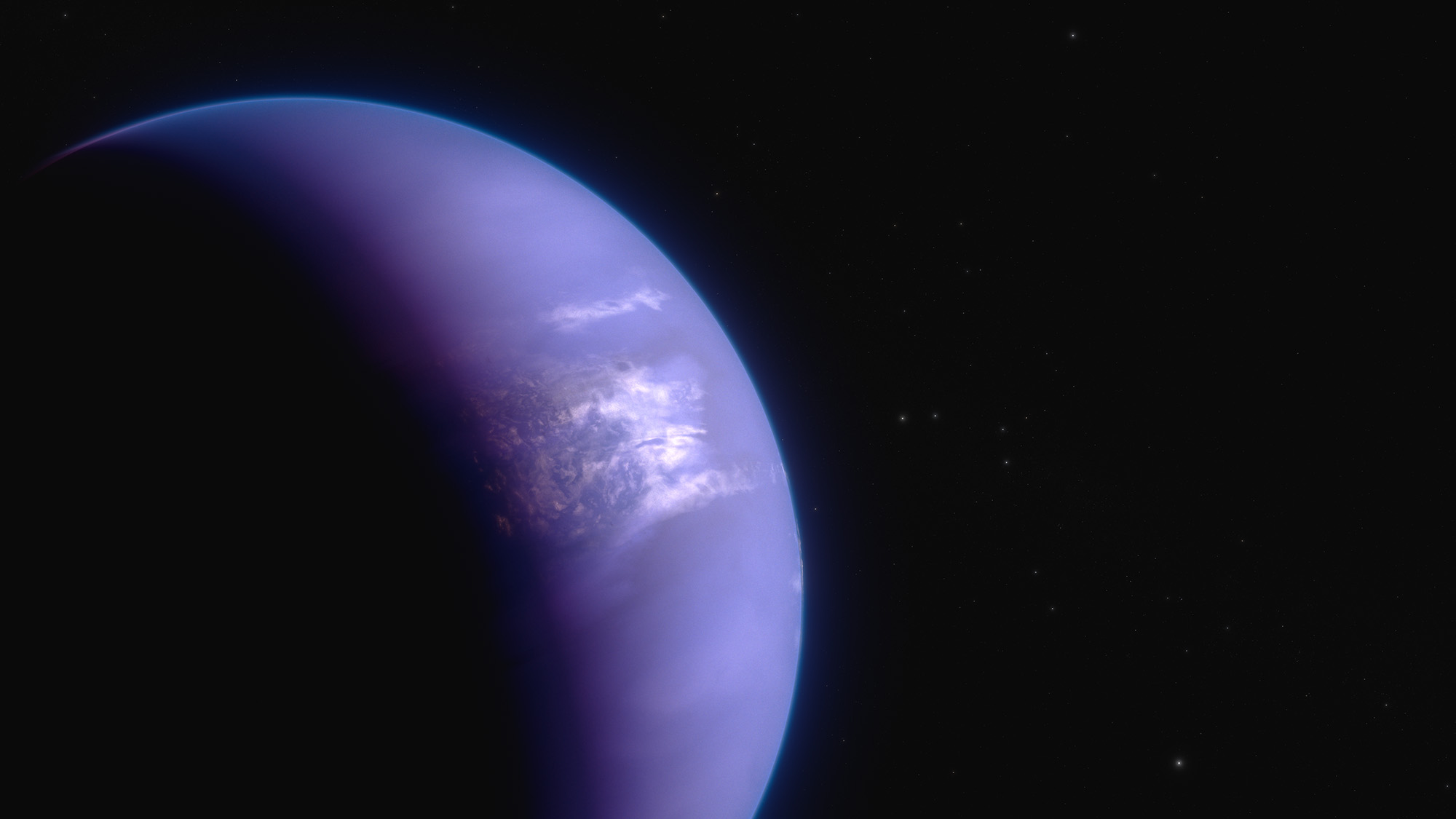Impact & Benefits
Astronomical Community Impacts
When we think about the ways that the Hubble Space Telescope has changed astronomy, we think about the big discoveries and observations. But Hubble also transformed the field of astronomy, speeding changes that were already happening and giving rise to new ones. Even as Hubble explored the boundaries of the cosmos, it was expanding horizons on Earth.
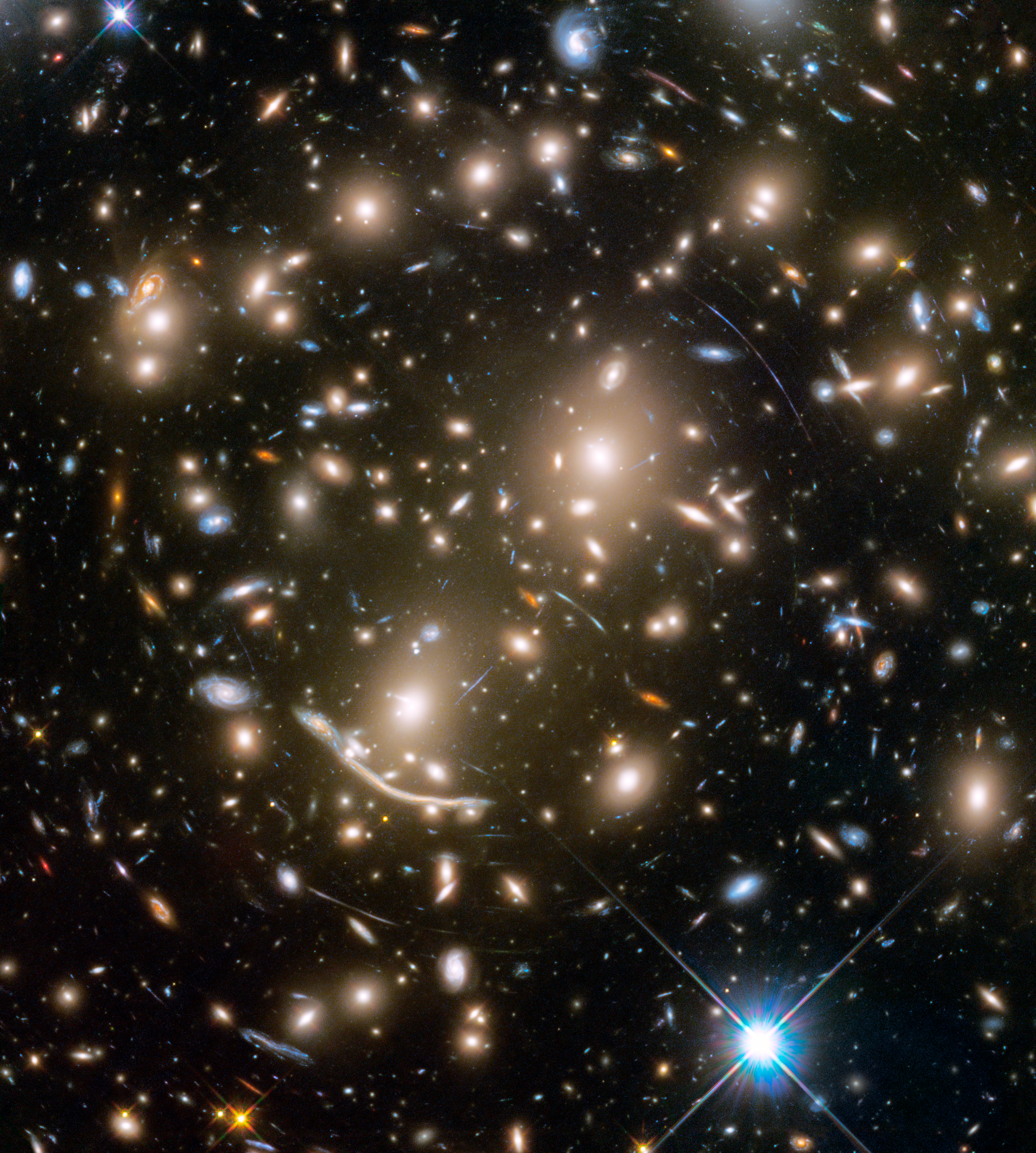
Astronomy for Everyone
Hubble was born at both the rise of the internet and a time when astronomical data was switching from photographic plates and film to electronic and digital formats. Combined, these new technologies would help to make Hubble a leader in sharing astronomical data with the world. Understanding how popular Hubble data would be, NASA began the work of creating an archive of Hubble data even before the telescope was launched. Hubble’s archive of digital data, accessible to everyone online starting in 1998, made sharing data among astronomers easier than it had ever been before.
Astronomers who won observing time on Hubble were granted private access to their data for a year – a time period later shortened to six months – after which the data became open to everyone. In 1995, Hubble led the way by making its Hubble Deep Field observations available to everyone immediately after they had been processed. In the years following, more Hubble data, as well as data from other observatories, became immediately publicly available.
Hubble was one of the pioneering facilities that by necessity forced astronomers to think about proposing and carrying out observations without actually, themselves, personally being there.
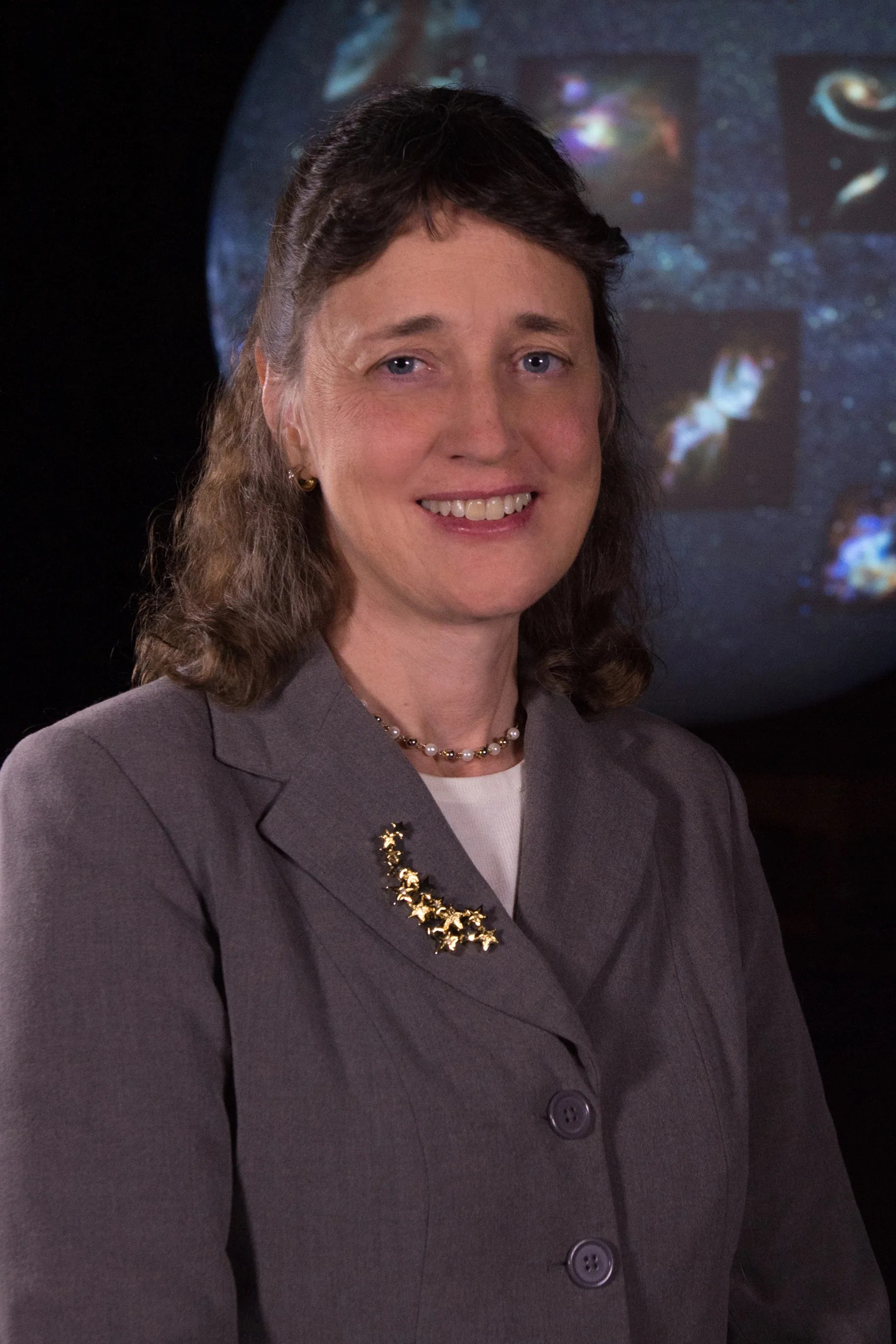
Jennifer Wiseman
Hubble Senior Project Scientist
The Hubble team also made the early decision to calibrate all its data instead of leaving this responsibility to the individual scientists. This meant taking calibration measurements from the telescope to provide info on how Hubble’s detectors leave marks on data and how those effects change in different conditions in space and over time, then using that information to remove things like noise and defective pixels, account for instrument behavior at things like different temperatures, and flag suspect data. Providing this calibration let data be used by different scientists for different purposes, helped it move faster through the astronomical community, and made comparisons of findings and interpretations much simpler.
The Hubble archive would quickly expand to host other missions as well. Today the Mikulski Archive for Space Telescopes (MAST) holds more than 3 million gigabytes of data from over 20 missions and surveys, including over 430 terabytes of Hubble data. Starting in 2007, the majority of science papers written using Hubble data have drawn their information from the archive, rather than originating with the teams that originally requested the observations. The creation of massive archives such as MAST and those related to the great astronomical surveys means that growing numbers of astronomers are doing their work without having to compete for time at an observatory or make their own observations. Hubble’s openness with data has made it possible for any astronomer to conduct investigations and encouraged other observatories to disseminate their data widely as well, helping nurture and grow the field of astronomy.
Team Astronomy
As Hubble became a part of the astronomical landscape, the world had already moved away from the concept of a lone astronomer peering through a mountaintop telescope into the heavens. National observatories and space telescopes used a review process in which astronomers submitted proposals for observations and panels of peers decided who would be awarded time on the telescope. But Hubble had so many scientists who wanted to use the telescope than there was time available to use the telescope that Hubble officials encouraged astronomers to work together in large groups to cut down on multiple identical proposals. Though no one could be required to work together, many astronomers did find ways to cooperate to increase their chances of winning Hubble observing time.
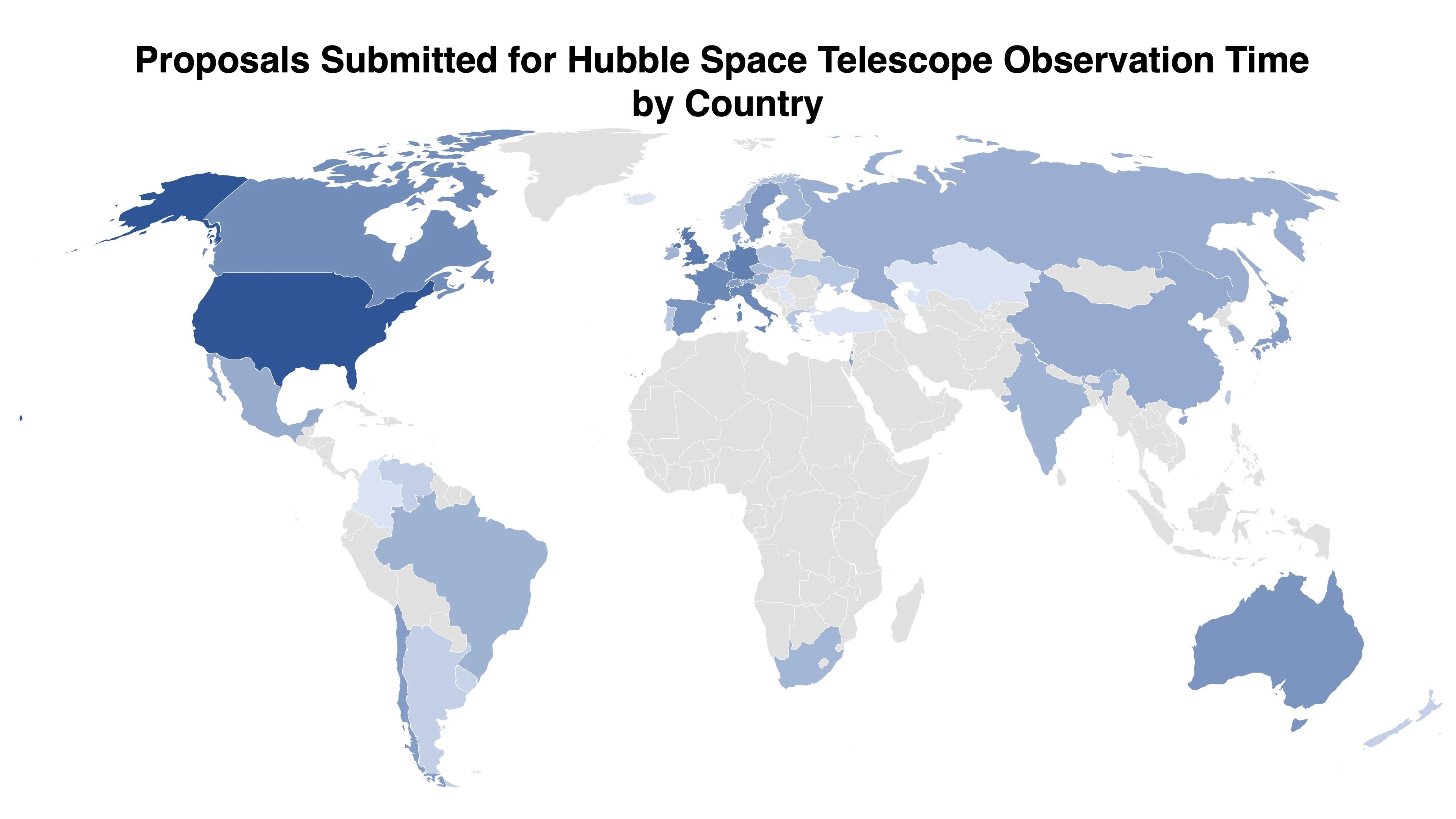
Hubble also instituted a policy of dividing up observing time by size categories, originally into small programs that only needed a handful of hours of Hubble time, and large programs that needed more than 100 hours. The Hubble team had found that the panels that evaluated proposals were reluctant to select large, time-consuming programs because that would limit the diversity of the science Hubble could perform and the number of astronomers who could use the telescope. By designating a pool of time dedicated to large programs, the team avoided penalizing them for the length of their observations. The formula was tweaked over the years to obtain a good distribution of large (75 or more hours), medium (35 to 74 hours) and small (one to 34 hours) programs. Today many observatories, both in space and on the ground, have adopted that approach.
The demand for Hubble is still very high, and that means that for every one great idea, there are five that get rejected, and they’re still potentially great ideas. And so opening up the observatory to the world-wide community, and letting this be a marketplace of the best ideas, I think has gone a long way toward its success and the innovative science that’s come out of it, and continues to come out of it.
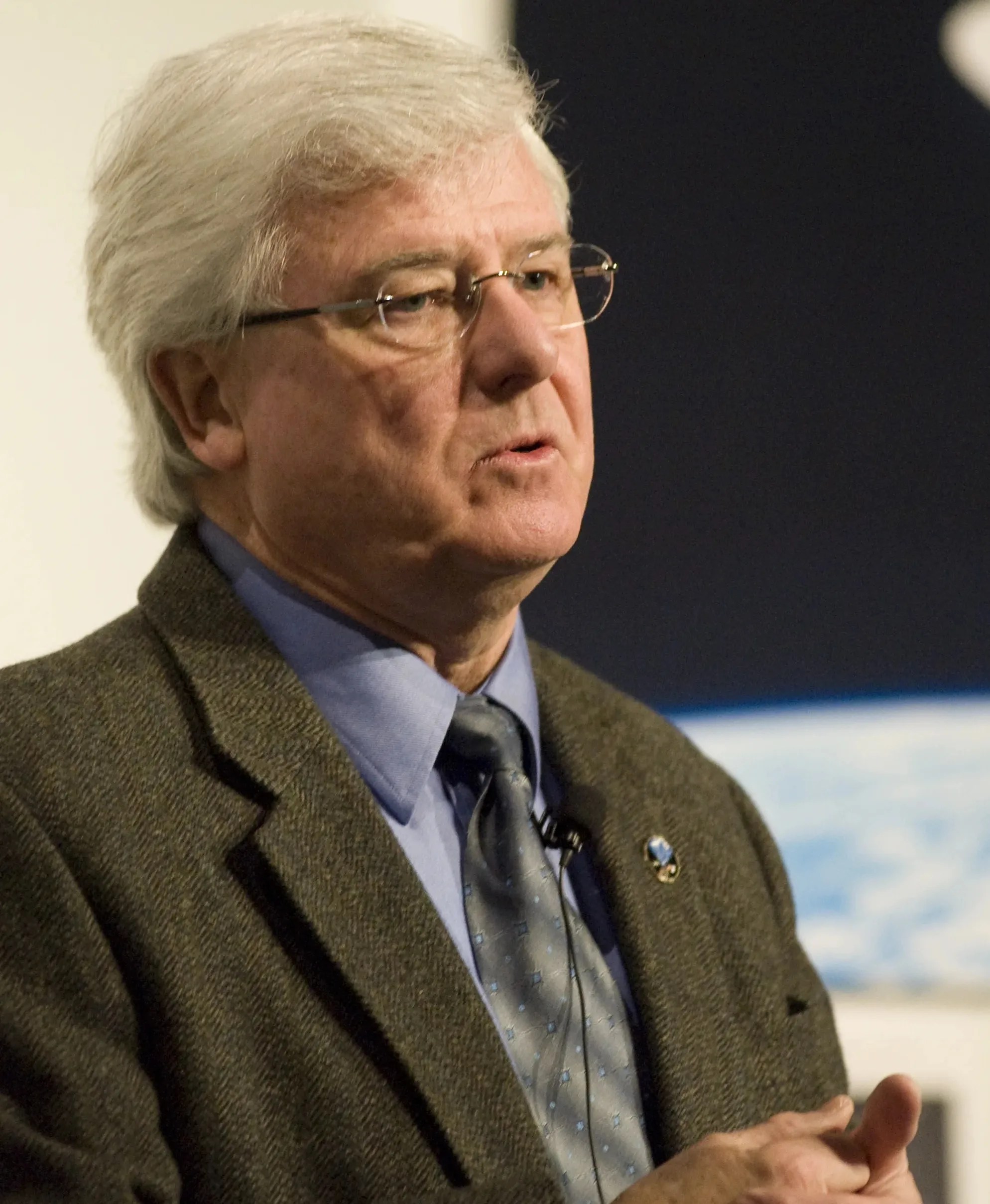
Dave LEckrone
Former Hubble Senior Project Scientist
Time and Money
Typically, astronomers at US institutions who wanted to use an astronomical observatory would have to complete two quests: put together a proposal good enough to win them time to make observations on a telescope, and seek out a grant to fund their research, usually from the National Science Foundation. An astronomer who won observing time on a telescope but failed to find a grant would be left without good options, unable to support themselves or the work that goes into research.
Hubble combined the two elements, ensuring that telescope time came with a NASA grant. The program was so popular that other NASA observatories, such as the Chandra X-ray Observatory and Spitzer Space Telescope, also began combining observing time with NASA grants. The change accelerated a trend that began in the 1980s of replacing National Science Foundation funds with NASA grants, and by 2000, NASA was supplying 72 percent of individual grants to astronomers while Hubble grants accounted for about a quarter of all individual funding for astronomers in the US.
Fairness in Astronomy
Gender bias continues to be a problem for the astronomy community and the science community overall. In 2017, an expert on issues of unconscious bias sat in on Hubble’s observing time award process, which produced higher success rates for proposals led by men than those led by women. She recommended that Hubble use a “blind” application process where the identities of all applicants and reviewers are hidden. The first anonymous proposal review took place in 2018 and resulted in almost identical acceptance rates from male and female applicants. After the same equal results occurred in 2019, NASA decided to use this system for all NASA astrophysics observation programs.


